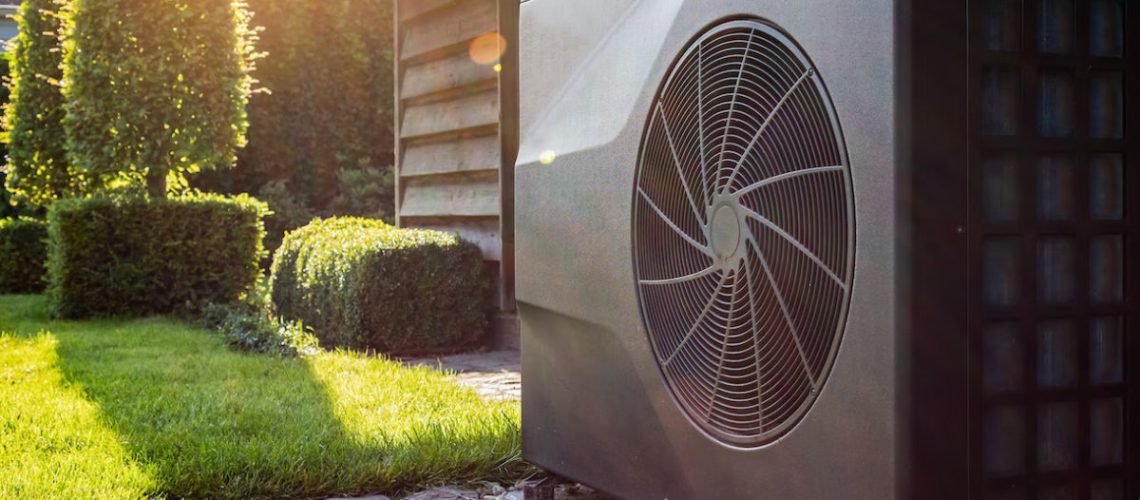The International Energy Agency (IEA) says unsubsidized heat pumps are already competitive with gas boilers in mature markets including the United States, Canada, Japan, Italy, and China. It says global sales will soar to record levels by 2030.
From pv magazine global
Heat pumps are already cost-competitive with gas boilers in some mature heating markets, according to the “Future of Heat Pumps” report, which was recently published by the International Energy Agency (IEA).
“Based on average 2021 equipment prices and [projected] fuel prices … a new heat pump to heat an average home in a cold climate is cheaper than a natural gas condensing boiler in most of the main heating markets, often even without subsidy,” said the report.
The United States, Canada, Japan, Italy and China are among the countries in which unsubsidized heat pumps are already cost-competitive with gas boilers, according to the IEA. However, in markets such as the United Kingdom and Germany, subsidies are still required to make them cost-competitive.
“Even where the cost of a heat pump over its lifetime is already the cheapest heating option, financial incentives, including grants and low‐interest loans, may still be needed to reduce the initial cost burden, which may deter the building owner from installing a heat pump in the first place,” the report said.
The IEA found that financial incentives for heat pumps are already available in more than 30 countries, which together account for more than 70% of current heating demand. The agency said it expects heat pump sales to reach new highs by 2030, after growing by nearly 15% in 2021. Last year, heat pump sales rose by around 35% in the European Union, followed by North America at around 15%, Japan and South Korea at around 13% each, and China at around 12%.
However, heat pumps accounted for just 10% of buildings’ global heating needs in 2021, according to the report. The current total installed capacity of heat pumps in residential and non-residential buildings is more than 1,000 GW, with nearly half of that capacity installed in North America. Europe has the second highest installed capacity, followed by Japan, South Korea, and China. The rest of the world combined has less installed capacity than any of these countries.
“Many units are used in mild-to-warm climates, where they are used primarily for cooling yet still represent the primary heating source (for a few months of the year),” the report said. “However, the penetration of heat pumps today is highest in the coldest parts of Europe, meeting 60% of total buildings heating needs in Norway and over 40% in Sweden and Finland thanks to long-standing policy support.”
Heat pump sales in Europe could rise from 2 million in 2021 to 7 million by 2030 if governments succeed in hitting their emission-reduction targets and energy security goals, said the IEA. The region is expected to reach almost 500 GW of heat pump capacity in buildings by 2030. The agency forecasts China’s installed capacity to see the strongest growth between 2021 and 2030, overtaking Europe as the second largest heat pump market by 2030. North America is expected to remain the market leader until then.



